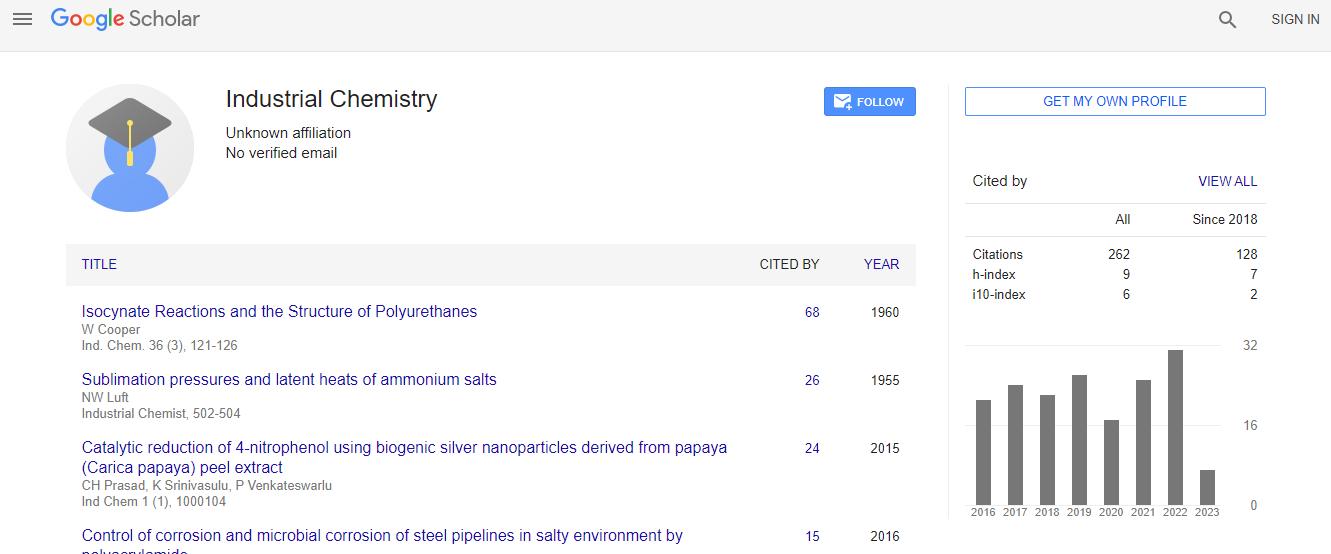Review Article
Technological Hazards of CO2 Sequestration Activity State of the Art and Experience Feedback at Krechba (In Salah) Pilot Site
Hakima Hamida1*, Aziz Belkhatir2 and Nouredine Tchouar1
1University of Science and Technology of Oran (USTO), Lamosi Laboratory, Oran, Algeria
2Research Institute of Information, Environment IFREI, Paris, France
- *Corresponding Author:
- Hakima Hamida
Risk Engineering PhD
University of Science and Technology of Oran (USTO)
Lamosi Laboratory, Oran, Algeria
Tel: 00-33-617044908
E-mail: ajp.bel@sfr.fr
Received date: October 16, 2015; Accepted date: October 29, 2015; Published date: November 05, 2015
Citation: Hamida H, Belkhatir A, Tchouar N (2015) Technological Hazards of CO2 Sequestration Activity State of the Art and Experience Feedback at Krechba (In Salah) Pilot Site. Ind Chem Open Access 1:109. doi: 10.4172/2469-9764.1000109
Copyright: © 2015 Hamida H, et al. This is an open-access article distributed under the terms of the Creative Commons Attribution License, which permits unrestricted use, distribution, and reproduction in any medium, provided the original author and source are credited.
Abstract
In order to reduce the CO2 release into atmosphere and thus contribute to reducing the greenhouse effect, the industrial process of CO2 sequestration is still at an experimental stage. This technique of CO2 geological sequestration are not fully controlled and raise issue of technological, environmental, human and organizational hazards and their effects on human health, environment and economy. From CO2 capture to transportation then injecting it into underground natural reservoirs where it is stored, geochemical, geophysical and generally industrial risks are still not very well recognized and identified. The behaviour of CO2 is not yet fully identified deep geological environment. It is therefore necessary to build, in support of this industrial CO2 storage process, proactive analysis of more transversal and overall risk for better control, technological processes of capture, Transport, Storage of CO2 (CTSC).

 Spanish
Spanish  Chinese
Chinese  Russian
Russian  German
German  French
French  Japanese
Japanese  Portuguese
Portuguese  Hindi
Hindi 